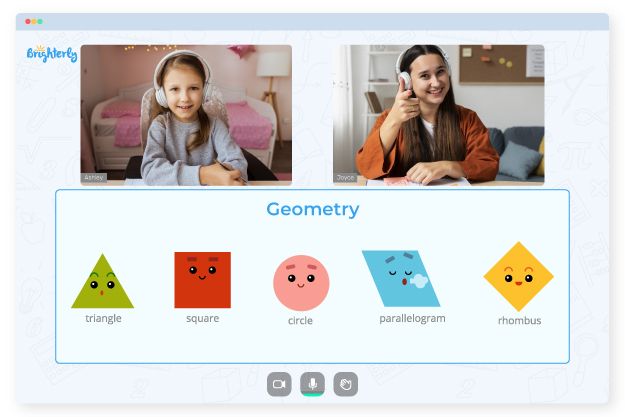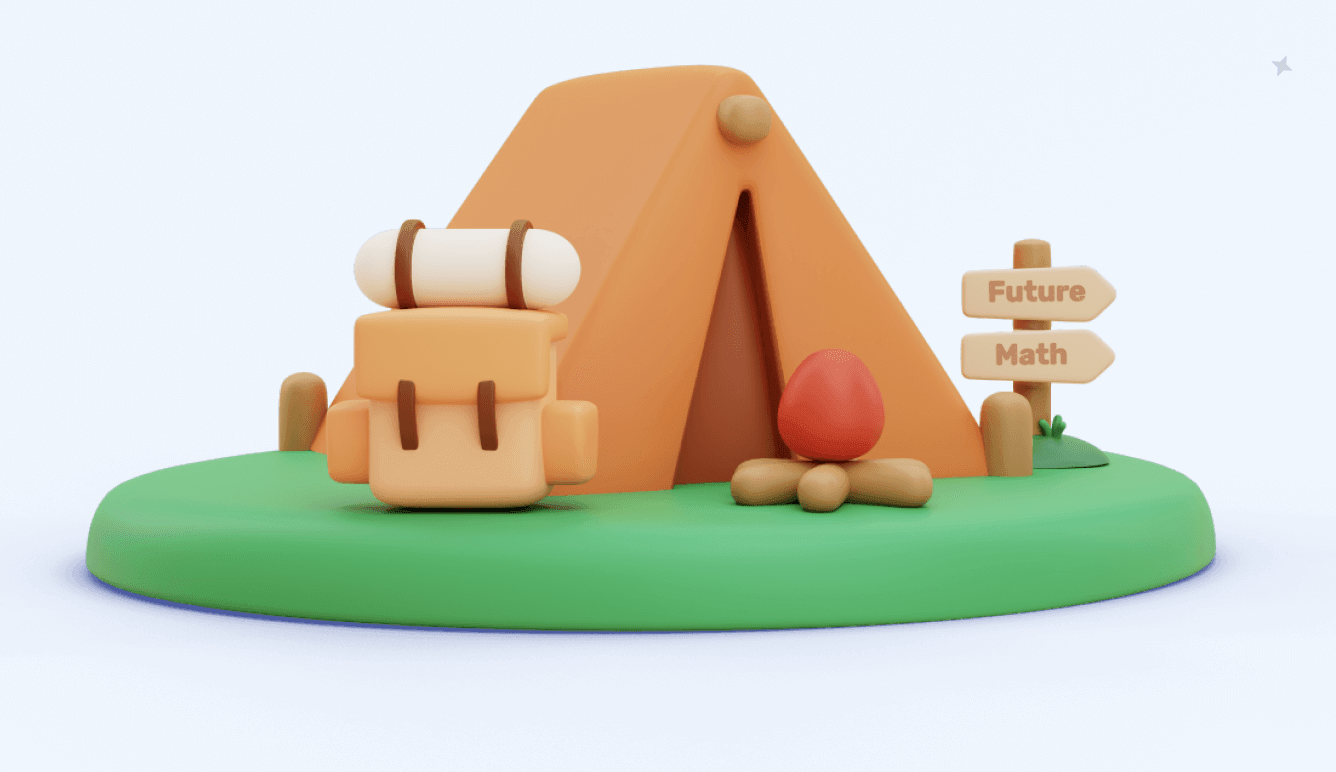Dimensions – Definition, Types, Examples, Practice Problems
December 29, 2023
8 minutes read
Welcome to Brighterly, your go-to platform for making mathematics an exciting adventure for children! Today, we’re embarking on a journey into the captivating world of dimensions. This fundamental concept is not just a pillar of mathematics, but it also shapes our understanding of the universe.
At Brighterly, we believe in igniting curiosity and fueling the imagination. As we delve into the definition of dimensions, their various types, and the myriad shapes that exist in different dimensions, we aim to paint a vibrant picture that makes learning an enjoyable experience. But we’re not just about theories and definitions; we’ll also offer hands-on examples and practice problems to reinforce your knowledge and sharpen your skills. Remember, mathematics is a world to be explored, and every concept we learn is a stepping stone on this journey. So, fasten your seat belts as we take off into the realm of dimensions!
Dimensions Definition
Let’s start our exploration with the core concept: What exactly is a dimension?
In the vibrant realm of mathematics, the term “dimension” acts as a bridge between abstract concepts and the tangible world. It refers to the number of coordinates required to specify a point within a particular space or figure.
Think of dimensions as the layers of complexity that exist in any figure or space. The more dimensions a figure has, the more coordinates it requires to be fully described. A dimension can be visualized as a measurable extent that gives a figure its unique identity. This identity can take the form of one-dimensional (1D), two-dimensional (2D), or three-dimensional (3D) shapes, each adding an extra layer of depth to the previous one.
Understanding dimensions is like embarking on an exciting journey, starting from a simple line and venturing into the vastness of 3D space. So, let’s get ready to explore these dimensions!
Types of Figures Based on Dimensions
Each dimension adds an extra layer of complexity to a figure. Let’s break this down:
-
One-Dimensional (1D) Figures: These are the most fundamental figures in geometry, possessing only one attribute—length. Examples include a straight line or a ray. Imagine these as the first step in our dimensional journey.
-
Two-Dimensional (2D) Figures: As we progress, we encounter figures with two attributes—length and width. This extra attribute adds a new layer of depth, creating shapes like squares, circles, and triangles. These shapes are flat and can be easily drawn on a piece of paper.
-
Three-Dimensional (3D) Figures: Taking another step forward, we encounter the most complex figures we can perceive in our physical world. These figures possess three attributes—length, width, and height. This third attribute gives these figures a sense of depth, creating objects like cubes, cylinders, spheres, and pyramids.
In this journey from 1D to 3D, we’re not just adding measurements; we’re increasing the complexity and depth of our understanding of space.
Some Examples of Three-Dimensional Shapes:
Three-dimensional shapes are all around us. Let’s explore some examples:
-
Cubes: Imagine a square that’s not just flat but has depth as well. A cube is a three-dimensional shape with six identical square faces. Each corner of a cube meets at right angles, and all edges are of equal length.
-
Cylinders: Picture a circle stretched into space. A cylinder has two identical circular faces connected by a curved surface. It’s like a 3D version of a rectangle, with the bases representing circles instead of squares.
-
Spheres: Think of a circle inflated like a balloon. A sphere is a perfectly round 3D shape where all points on the surface are equidistant from the center—just like a ball.
-
Pyramids: A pyramid starts with a polygon base, and its faces are triangles that meet at a common point known as the apex. It’s like a 3D triangle with a base that can be any shape.
Remember, these are just a few examples of 3D shapes. The world of three dimensions is full of endless possibilities. If you’re eager to learn more about these shapes, visit our Interactive 3D Shapes Guide.
Practice Problems On Dimensions
Ready to test your understanding? Try these practice problems:
- Identify the dimension of a sphere.
- If a figure has only length and width, what dimension does it belong to?
- What dimension does a cube belong to?
Conclusion
Congratulations! You’ve now explored the fascinating world of dimensions. Understanding dimensions isn’t just about learning the difference between 1D, 2D, and 3D figures. It’s about appreciating the complexity and beauty of the world we live in. It’s about realizing how a simple line can evolve into a square and then transform into a cube.
At Brighterly, we believe in nurturing a lifelong love for learning. We strive to transform mathematical concepts from abstract theories into tangible, understandable, and, most importantly, enjoyable ideas. This exploration of dimensions is just one step on your mathematical journey.
Remember, every question you ask, every problem you solve, and every concept you understand takes you one step closer to becoming a math whizz. You’re not just learning math—you’re embracing a new way of thinking and a new way of understanding the world.
As we conclude this fascinating exploration into dimensions, we invite you to continue your journey with Brighterly. Explore more concepts, solve more problems, ask more questions. The world of math is vast and exciting, and we can’t wait to explore it with you. Keep learning, stay curious, and remember: at Brighterly, we make math brighter!
Frequently Asked Questions On Dimensions
What is a four-dimensional (4D) shape?
A four-dimensional (4D) shape extends the concept of dimensionality beyond our familiar three dimensions. In addition to length, width, and height, 4D shapes incorporate a fourth dimension, often interpreted as time or a parallel universe in science fiction. Mathematicians visualize 4D shapes using projections or by considering them as a sequence of 3D cross-sections. One of the most famous 4D shapes is the tesseract, also known as a 4D cube.
Can we have zero dimensions?
Yes, in mathematical terms, a point is considered to have zero dimensions. Unlike a line (one dimension), a square (two dimensions), or a cube (three dimensions), a point doesn’t have length, width, or height. It represents a specific location within a space. Points are crucial in geometry, helping define shapes, lines, and curves.
Information Sources
For further learning and a deeper understanding of dimensions in mathematics, we recommend these resources:



